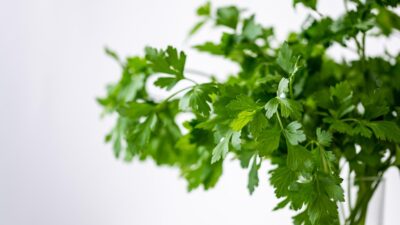Cooking is often viewed as an art form, but underneath the surface of culinary creativity lies a fascinating world of science. At the heart of this science is the understanding of flavor combinations. By exploring the chemistry of taste, we can create meals that not only satisfy our hunger but also tantalize our taste buds.
What Are Flavors?
Flavors are a complex interplay of tastes, aromas, and textures. The primary tastes—sweet, sour, salty, bitter, and umami—form the basis of our flavor experiences. However, flavor is also influenced by factors such as aroma, temperature, and even texture. The olfactory system contributes significantly to what we perceive as flavor; in fact, much of what we perceive as taste is actually smell.
The Role of Aroma
Aroma compounds are volatile molecules released from food. They travel to olfactory receptors in our nose, where they interact with taste perceptions. This is why foods that may taste bland alone can come alive when cooked or combined with other ingredients.
The Five Basic Tastes
- Sweet: Generally indicates the presence of sugars, offering a comforting, often delicious taste.
- Sour: Derived from acids, sourness can brighten dishes and act as a counterbalance to sweetness.
- Salty: Enhances flavors and helps to suppress bitterness; salt is a crucial ingredient in many cuisines for this reason.
- Bitter: Often considered undesirable, bitterness can add complexity and depth if used judiciously.
- Umami: Known as the “savory” taste, umami is present in foods rich in glutamate (like tomatoes and mushrooms) and enhances overall flavor perception.
The Science Behind Flavor Pairing
The Flavors of Complementarity
At the heart of successful cooking is the idea of complementary flavors. Specific tastes pair well together to enhance the complexity and enjoyment of a dish. For instance, sweet and sour are natural partners in many cuisines. This balance can create depth; think of the harmony between the acidity of vinegar and the sweetness of caramelized onions in a vinaigrette.
Molecular Gastronomy
Innovation in the culinary arts has brought forward molecular gastronomy—a subdiscipline that examines the physical and chemical transformations that occur during cooking. This science leads to unexpected flavor pairings based on chemical affinities. For instance, the unexpected combination of chocolate and blue cheese might find justification in their shared flavor compounds.
Flavor Affinities
Some flavors naturally complement each other due to their chemical composition. Research has found that flavors can be analyzed based on the compounds they share. For example, pairing strawberries with balsamic vinegar works well because both contain similar aromatic compounds. Understanding these affinities allows chefs to experiment boldly with combinations that might seem unusual but have a scientific basis.
The Art of Balancing Flavors
Creating a harmonious dish often involves balancing various taste elements—sweet, sour, salty, and bitter. Here are a few techniques:
- Acidic Ingredients: Use vinegar or citrus to brighten the flavors of rich dishes.
- Herbs and Spices: Incorporate herbs to add a layer of flavor without overwhelming the palate.
- Texture Variation: Balance creamy sauces with crunchy toppings to create an exciting mouthfeel.
Cultural Influences on Flavor Pairing
Culinary traditions often reflect local ingredients and flavor preferences. In Southeast Asian cuisine, for example, the interplay of sweet, sour, salty, and spicy is celebrated. Food culturalists observe how these combinations reflect the geography and history of the region, shaping culinary identity.
Conclusion
Understanding flavor combinations through the lens of science enables both novice cooks and seasoned chefs to create remarkable dishes. By unraveling the threads of taste, aroma, and cultural history, we can appreciate not only the food we eat but also the science behind it. The next time you cook, consider the interplay of flavors and embrace the science of cooking—transforming simple ingredients into a masterpiece of taste.



